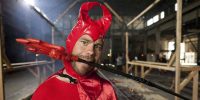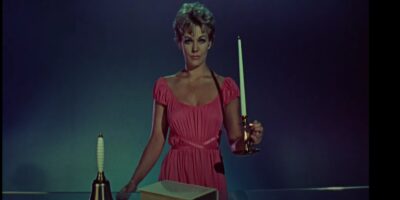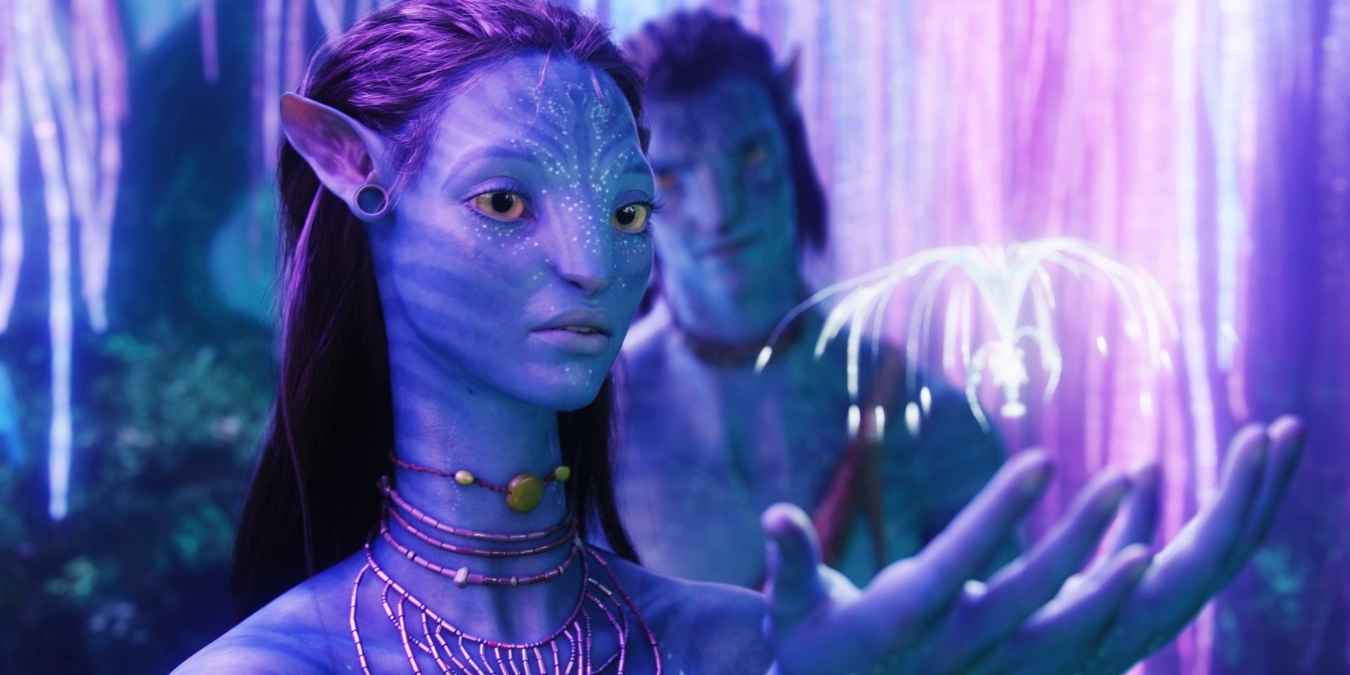
Those of us who experienced Avatar in splendid 3D at the cinema recall it vividly. The depth and vitality of the world created on Pandora was like nothing we’d seen in cinema before.
Telling the tale of Jake Sully (played by Sam Worthington), a former Marine deployed to Pandora, a grown-up FernGully with the most beautiful scenery, lush plants with an ethereal, almost magical air, and some fascinating critters. Jake’s role is to help a huge corporation in their efforts to mine unobtainium from Pandora, despite the threat it poses to the Na’vi, an indigenous species of humanoid already occupying the moon.
With the long-awaited sequel to Avatar due out in December this year, we’re keen to see what’s next from a franchise, but also feeling nostalgic about the original. Here are some rather geeky facts you might not know about Avatar.
Want to indulge your inner geek? Here’s how to be a dungeon master.
1. The Sound Artists Used Real Animal Noises Plus Some From Jurassic Park
While the film had its own soundtrack, so did Pandora, in the form of ambient noise and the various sounds of its native creatures. The task of creating these noises went to Skywalker Sound. James Cameron has specific ideas in mind for the sounds various creatures should make. Juan Peralta, head of post production sound at Skywalker, worked closely with Christopher Boyce, Avatar’s sound designer, to get everything just right. Cameron reportedly wanted three vocalizations for Pandora’s viper wolf, a dog-like creature with six legs. One was for stalking prey, one for while giving chase as they communicate with each other, and a third to use during the attack itself.

To create these effects, the sound artists borrowed from hyenas and coyotes. At the same time, a lot of the ambient sound heard on Pandora comes from real recordings of various natural locations in Africa and Costa Rica.
But while one end of the sound spectrum is occupied by reality, the other is populated by monsters. More specifically, dinosaurs. If you thought the Direhorses sound familiar, it’s because they use the same Velociraptor barks as the iconic hide-and-seek scene in the kitchen at Jurassic Park. Other sounds borrowed from these prehistoric beasts include baby T-Rex sounds, used for the Great Leonopteryx, ridden by the Na’vi; big T-Rex noises for the Thanator that Jake runs away from; and Brontosaurus sounds used for the Hammerhead Titanothere.
2. Every Na’vi Costume Was Really Created
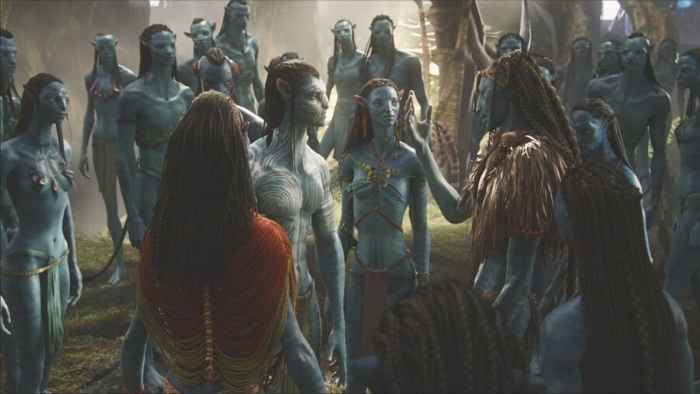
While the Na’vi characters were CGI creations, the same cannot be said of their clothes. While the costumes are relatively simple, they incorporate various elements, including feathers, beads, and complicated weaves. There is a lot of movement in these designs, so costume designer Deborah Scott, whose previous work includes the likes of E.T., Titanic, and Back To The Future, created each costume in real life. Hence, the animators had a realistic understanding of the various textures and materials and how they would behave.
3. Cameron’s Creature Design Is Based On Racing Stripes

The thought process behind the creatures designed for Pandora began with a conversation in May of 2005 between Cameron and Neville Page. Racing stripes and automotive lines are used throughout. It’s perhaps most obvious in the banshee, which has a line running from its chin all the way down through its zygomatic arch, jugular, and body to end at the tip of its tail. They drew heavily on this when developing the various creatures, which Page reported to be extremely helpful, especially for those that needed to be aerodynamic.
4. Cameron Used Two Different 3D Camera Rigs
Cameron isn’t just responsible for creating new innovations in filmmaking when it comes to 3D technology. Along with Vincent Pace he’s spent years working to develop high-quality 3D camera technology. Specifically, they have focused on ensuring anything that can be done in 2D could also be done in 3D, from steady cams to handhelds.
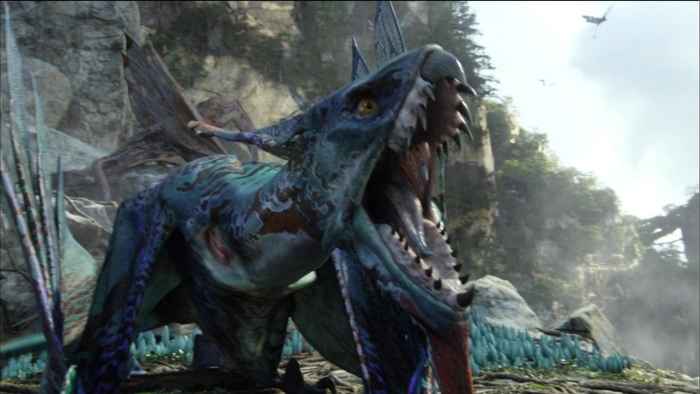
For Avatar, Cameron developed two rigs. The first included a Sony F-950 camera that mimics human eyes by using two side-by-side lenses, statically held in place and around two inches apart. While this worked well, it caused proximity issues on closeups, as one ‘eye’ inevitable started seeing more than the other the close you got.
To get around this, a second camera rig was developed by the duo, which allowed two lenses to overlap, creating dynamic interocular distance. They ended up using the second rig for about 80% of the filming.
5. Facial Molds Were Used To Track Facial Movements
The actors were filmed doing their spectacular craft in regular human form before being digitally transformed into their Na’vi counterparts. The visual effects department needed to use a series of green dots to track their facial movements and recreate them. The dots followed the primary facial muscles of the actors and were captured using a special camera rig that sat just a few inches from the face of the actor.
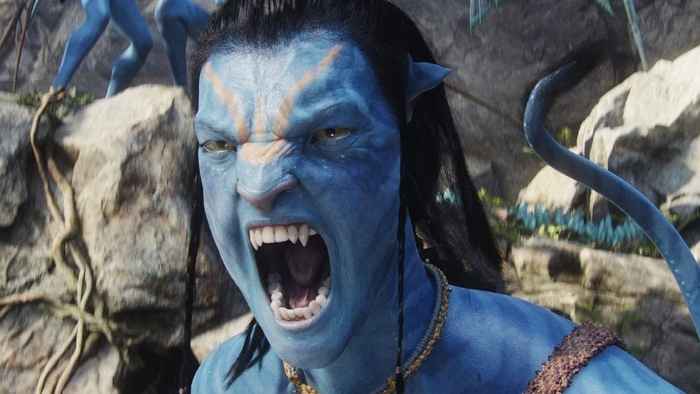
The dots allowed their facial expressions and emotions to be tracked, allowing a solving algorithm to effectively incorporate the exact movements into the animation of their digital characters. To save them from having to painstakingly apply these dots each day by hand, masks were created of each actor’s face. Holes were bored into the masks where the green dots needed to go, allowing them to be easily applied every day.
6. Grace’s Work Was Informed By A Real Botanist
Sigourney Weaver plays botanist Grace in the film as she struggles to unravel the complex mysteries of Pandora’s exotic and wild plant life. Cameron worked with a real-life botanist who consulted for the film. Jodie Holt, a professor at the University of California, Riverside’s department of botany and plant sciences, advised Weaver on everything from what to wear in the field to how she should collect samples.

Holt was also the inspiration behind Pandora’s plants communicating through signal transduction, an idea that lent the film scientific credibility. It’s a theoretically sound process that effectively explains what happens in the movie using real science. Following production, Holt was also asked to create botanical descriptions for Pandora’s plants, which featured in the Blu-Ray release’s Pandorapedia as well as the Avatar game.
7. The Futuristic Weapons Are Only Borderline Props

After going to so much trouble to create such a rich and beautiful world, it’s hardly surprising Cameron didn’t want to settle for his invading marines carrying a bunch of P90s. Instead, James wanted the actors to have props they could really work with – the AMP suit is clear proof of that. The props they designed were created so realistically that it’s difficult to tell they’re actually props. They don’t just look like the real deal, a lot of effort went into ensuring they were properly weighted, had a practical sheath, and contained real elements – like the pins in the grenades.
8. James Cameron Wrote Avatar In 1994 But Shelved It Until Gollum Hit Screens
In 1994, James Cameron already had Avatar penned in the form of an 80-page treatment. At the time, however, the technology needed to bring his vision to life either didn’t exist or was far too expensive to be viable. A trivia book released at the time listed it as a movie that probably couldn’t ever be made as it would cost over $400 million.

The Lord of the Rings came along, and a little guy named Gollum proved to Cameron that tech had finally caught up with him, and he would, at last, be able to create fully CG characters that were compelling and running around a photo-realistic world.
9. Even The Cigarettes Are CGI
Sigourney Weaver has played a lot of iconic characters over the years. She’s certainly no stranger to space after all the alien films. But one delightful humanizing element of Dr. Grace Augustine is her constant puffing on cigarettes. It may shock you that, even here, things weren’t quite as they seemed. Weaver wasn’t actually smoking; she was merely pantomiming the act. The cigarettes were CGI (along with most of the rest of the film). Not only was the smoke added in digitally, but the cigarettes were also CGI.
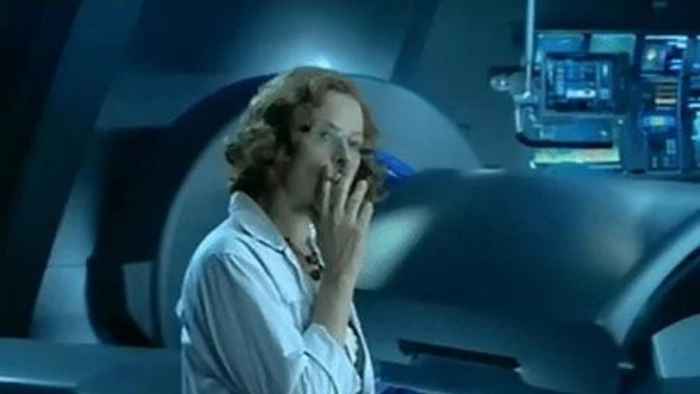
She isn’t even holding them. Instead, Weaver held toothpicks so there was still something physical in her hand. Cameron reportedly chose to do this to avoid having lit cigarettes on set. Unfortunately, it didn’t stop him from taking flack for how much on-screen smoking goes on in the film.
10. Dr. Seuss Cameoed
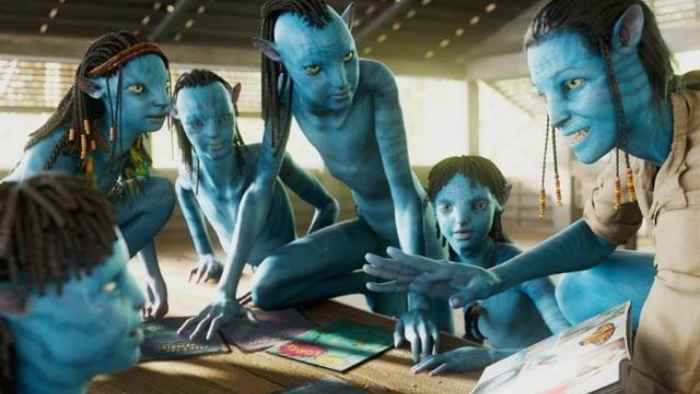
Speaking of Dr. Augustine, one of the books she shares with the Na’vi children is a little on the nose – The Lorax, by Dr. Seuss. While we understand the impulse to share this beloved children’s writer, she picked the perfect tale, as the book details a jealous corporate entity invading a beautiful forest and driving away all its natural inhabitants so they can profit from it.
Love Sci-Fi? Check out the best Sci-Fi podcasts the galaxy has to offer.


